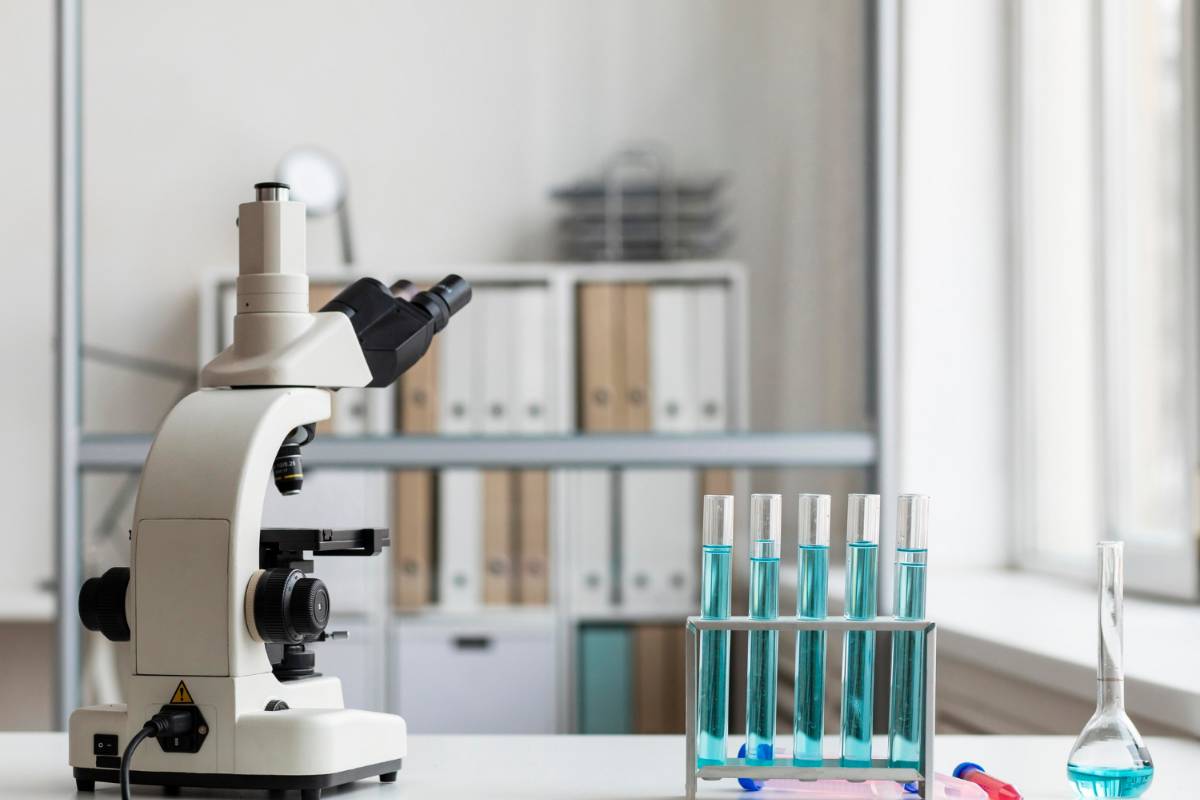Three Tips for a Safe and Sanitary Medical Lab

Maintaining a hygienic and safe medical laboratory is extremely important for the health and well-being of the staff and patients. In addition, a clean and hygienic laboratory is essential to maintain the enthusiasm of your team and stop the outbreak of infections and the cross-contamination of specimens.
Clinical laboratories have expensive and complicated equipment, large amounts of medical supplies, and months' worth of disposables. So your lab must be safe, clean, and well-organized. Phlebotomists are frequently accountable for keeping the workplace safe and organized.
According to our experts on diagnostic dermatopathology in Pittsburgh, PA, here are a few things you can do to confirm that your medical laboratory is safe, sanitized, and organized.
Assure Cleanliness
First, a medical lab must be kept sterile and germ-free. To terminate contaminants and other contagious spills, following strict and infallible Standard Operating Procedures (SOPs) that guarantee zero infection outbreaks is essential. Hospital-standard cleaning solutions eradicate almost all bacteria and assist with sanitizing work surfaces, supplies, and other lab equipment. While cleaning the area, it is necessary to use high-quality vacuums fitted with High-Efficiency Particulate Absorption (HEPA) filters to ensure that even the tiniest micro-particles are terminated and the surfaces are entirely clean.
Wear Protective Clothing and Gear
Protective apparel and gear guarantee that medical lab techs, patients, and clients remain safe. Medical lab techs manage potentially hazardous specimens, so protecting themselves is critical. For each new patient, a new pair of non-sterile disposable gloves are suggested for phlebotomists. It is also essential to disinfect the patient's skin before and after blood draws. The needle and the syringe need to be pitched, and the gathered specimens, drained in sample tubes, should be managed with maximum care. Finally, the phlebotomist should label the specimens and stow them safely.
The essential protective gear for lab techs includes lab coats, gloves, goggles, and face masks. Specialized heavy-duty protective equipment must be utilized when handling hazardous specimens, particularly in the trail of fatal infectious ailments. In addition, protective gear should be modeled when cleansing lab equipment that maintains toxic chemicals. Finally, lab technicians must be trained in appropriate safety practices and know the SOPs.
Waste Management is Essential
Medical diagnostic labs must use stringent waste management protocols. Lab wastes include used needles and syringes, cotton swabs, wipes, and other disposables, and you must discard them in properly labeled bins. In addition, sharp needles and glassware should be disposed of separately to evade injuries.
Biomedical waste has to be disposed of by observing strict guidelines and protocols. Often the management lays down regulations and rules regarding the disposal of dangerous medical wastes. There will be different color-coded disposal units for harmful bodily wastes, including infectious waste, blood products, tainted equipment, and IV tubes. Drugs past their expiry date, dangerous drugs, radioactive waste, and other disposables must be disposed of separately. Any defect or blunder in adequately removing the biomedical waste at medical establishments can prove especially dangerous or deadly.
Conclusion
Medical diagnostic labs encounter several challenges in preserving a clean and safe working environment. However, if appropriate procedures are observed and quality safety protocols are executed, you can effectively achieve this.
Contact
Location
440 William Pitt Way
Pittsburgh, PA 15238
OFFICE HOURS
Monday-Friday: 8am-5pm
Saturday & Sunday: Closed
PHONE & FAX
(800) 786-3054 - Toll Free
(412) 968-9266 - Local
(412) 968-5673 - Fax
